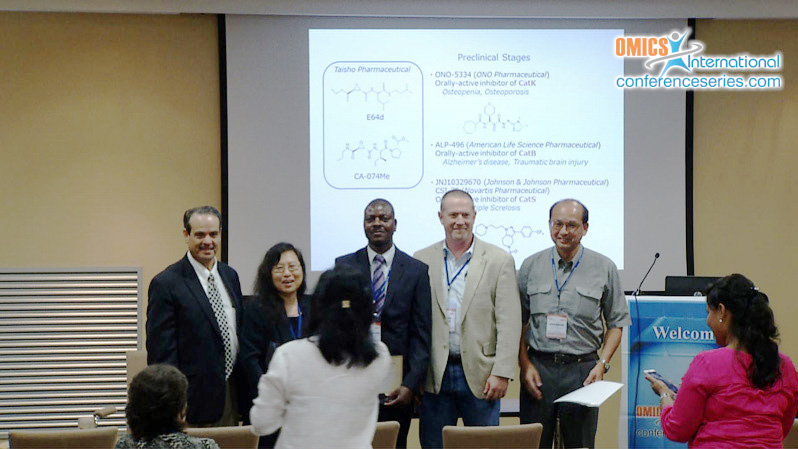
Dana Byrd
Texas A&M - Kingsville, USA
Title: Behavioral and electroencephalographic progress toward a biomarker for Autism in early infancy
Biography
Biography: Dana Byrd
Abstract
A biomarker in newborns at risk of developing Autism would be obviously highly valuable, allowing for very early intervention. Cerebellar structural and functional abnormalities have been found in individuals with Autism, as have been found abnormalities in the cerebellar-cortical-mediated learning, conditioning of eye blink. In the first two studies presented, we show behavioral and electroencephalographic evidence that sleeping newborn infants can present eye blink conditioning to a tone. In a third study, we produce evidence that 1-month-old infants’ eye blink conditioning is more rapid when the conditioned stimulus is a human voice as compared to a tone. These research studies have only been conducted on healthy infants, who are at no additional risk for Autism. However, research with populations at risk for Autism may show that these paradigms and their behavioral and electroencephalographic measures of conditioning may be able to detect atypical cerebellar functioning in at-risk populations. It should be pointed out that while these behavioral and electroencephalographic measures of conditioning to tones show some promise for determining risk for Autism, they are not as a diagnostic tool, but instead are a biomarker for risk for general cerebellar-cortical dysfunction, which is not only present in Autism but in other disorders as well such as Attention Deficit/Hyperactivity Disorder and Dyslexia. There is stronger hope for a specific biomarker for Autism in the form of atypical conditioning to the human voice since individuals with Autism have been found to process spoken stimuli differently than individuals without Autism.


